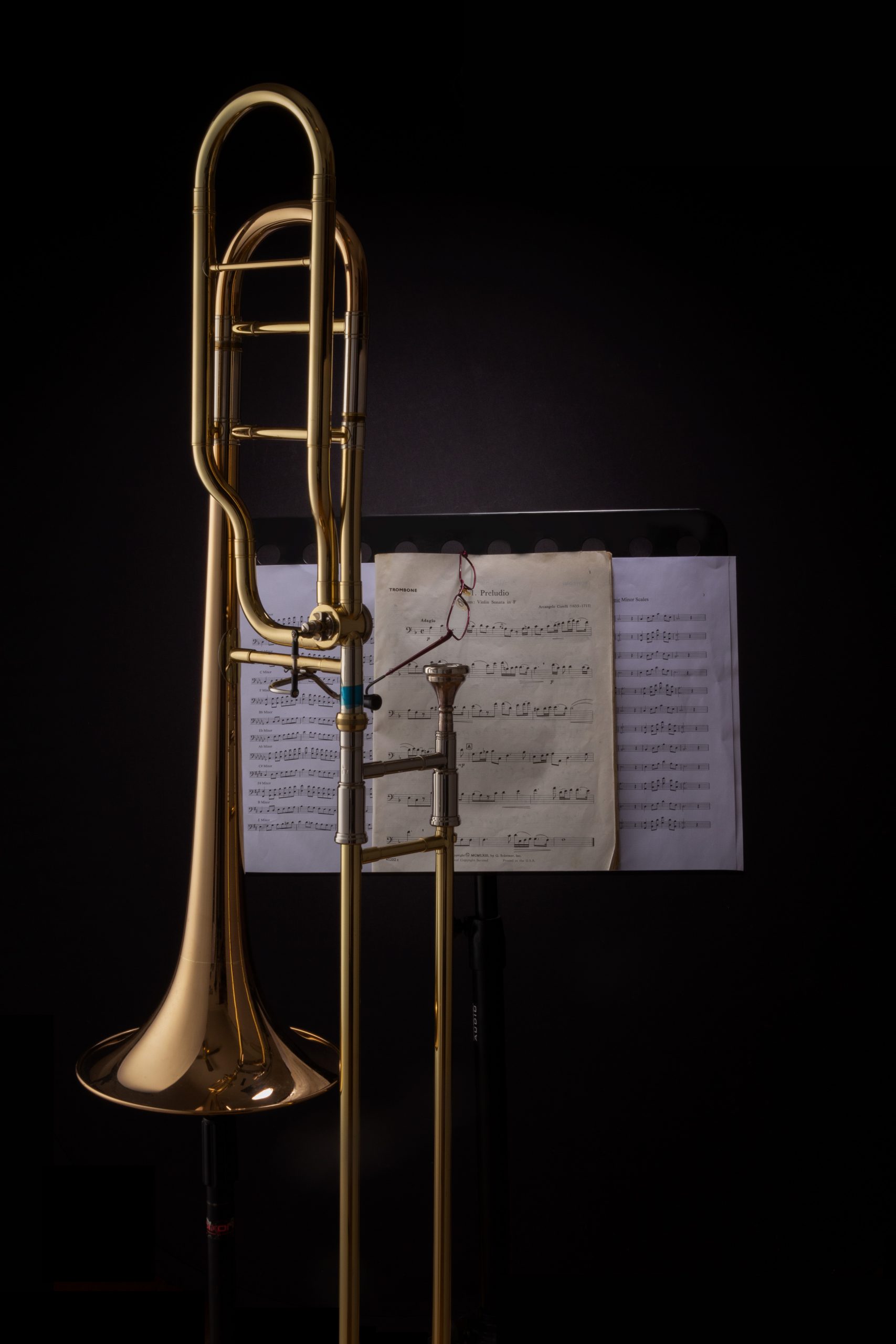Studies are something as a teacher I don’t use enough, there I have said it!
But what is it about studies that makes us a) switch off and b) not use them enough? It’s probably about availability as much as anything else. Students are happy to buy pieces of music for exams but it isn’t often suggested that they buy a study book, unless there is a piece on the syllabus. The hefty price of the “Arban cornet method” is also something which makes them think if it really is necessary.
There are lots of different study books around, Arban is probably the best known and is a comprehensive guide for those who are interested in improving their technique, the three volumes of Laffose studies for Trombone are a similar concept. But there are lots of these types of book around focussing on different aspects of playing a brass instrument. “How brass players do it” (or “How Trombonists do it”) is a great starter for slurring which begins with some relatively easy exercises to some quite fiendish lip flexibilities. Rochuts “Melodious studies” for Trombone is an equally valuable resource for this type of playing. List C on the ABRSM list has traditionally focussed on studies and still has some of the Kopprasch studies on the syllabus for various instruments. This has now been augmented by Mark Nightingales excellent Jazz studies and Alan Vizutti’s studies for valved instruments.
So what is a study? Well firstly it is an unaccompanied piece of music which normally focusses on a particular aspect, or works through various different aspects, of playing a brass instrument. As already noted, slurring is one area where studies proliferate, and Jazz studies abound but what is their benefit?
One of the things that most teachers utilise studies for is the formation of good habits through repetition, repeating a particular technique, for example articulation, range, speed of playing amongst others. In this respect studies are invaluable, Arban and Lafosse both start with studies based on tonguing and most are scalic in design. Being able to play these through with a consistency of articulation and sound is difficult, particularly when they move into higher and lower registers and the benefits of the repeated nature of these exercises cannot be underestimated. One of the most important is getting muscle memory in place for the embouchure and fingers (slide) and co-ordination of the tongue and the vales/slide.
Slurring exercises are a good way of maintaining consistent airflow through phrases, a vital requirement for smooth legato playing and there aren’t that many pieces that do that for any length of time. Again, the benefits of repeating this aspect are huge.
Most of the traditional studies aren’t really suitable for public performance but some of the more recent study books start to blur the lines a bit. For example, Vizutti’s 20 dances for Trumpet are technically studies but they have titles reflecting different types of dance, Waltz, Polka, Flamenco and Tango to name just a few. So there would be nothing to really stop a performance of these more musical type of pieces in a concert. Mark Nightingales Easy Jazzy ‘Tudes and 20 Jazz etudes also have more descriptive titles and his Jazz@etudes book focusses on different aspects of computers, “Virus alert”, “Of Mice and Keys” and “Shutdown Samba” to name just three.
So studies should be a valuable resource for brass players, and their benefits should then extend into pieces that are being rehearsed. Pieces will also mix these techniques together so that legato and staccato playing will be mixed within a bar or a phrase which will allow these techniques to be honed. Application of the techniques learned is a vital aspect of practicing studies and we would all be better musicians if we focussed on this particular aspect.
Now, where can I get study books from!?





